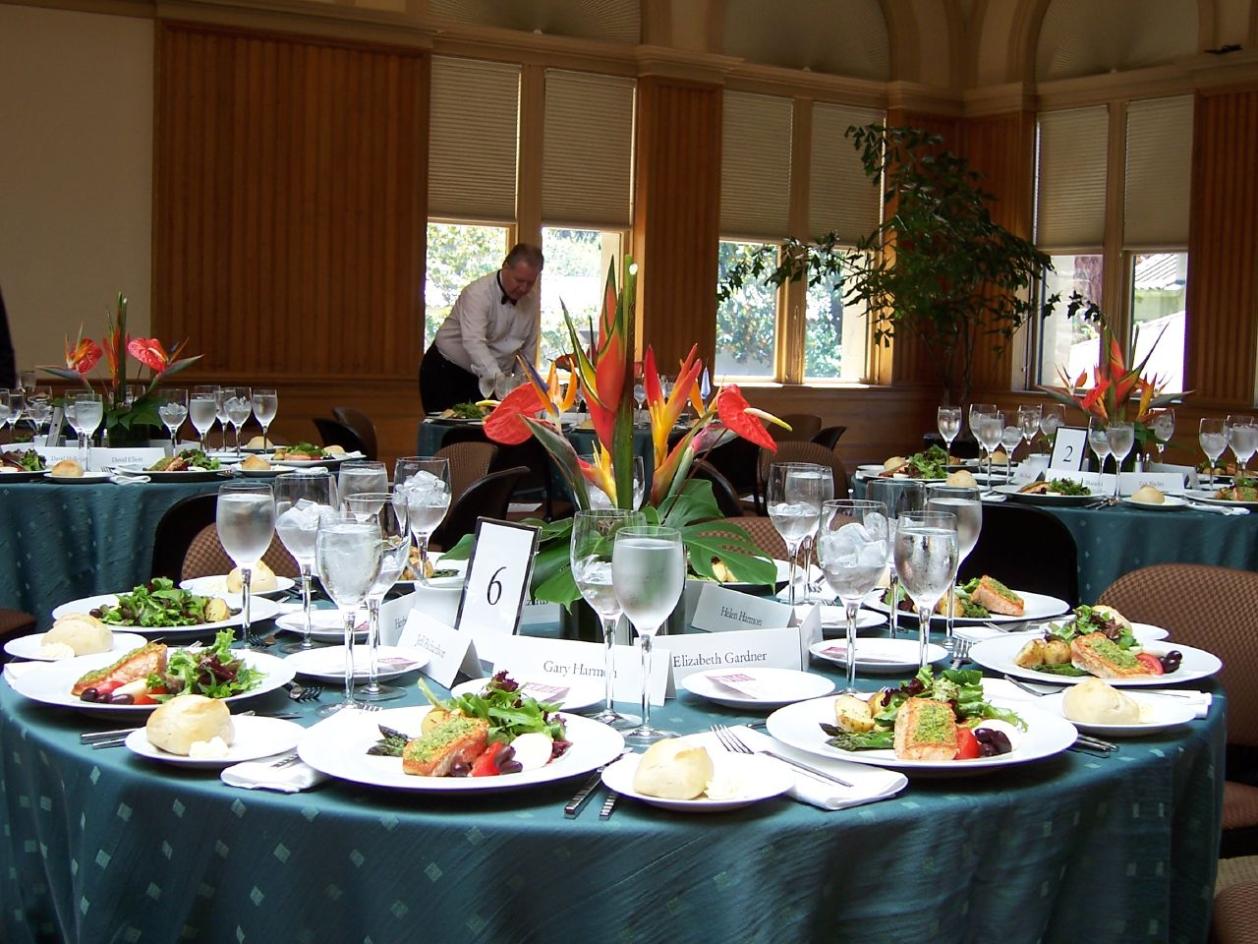What Are Some Ways to Incorporate Cultural Traditions into My Wedding Catering?
A wedding is a momentous occasion that brings together families and friends to celebrate the love and commitment between two individuals. It is a time to honor traditions, both old and new, and to create memories that will last a lifetime. For many couples, incorporating cultural traditions into their wedding catering is a meaningful way to pay homage to their heritage and share it with their loved ones.

Researching And Understanding Cultural Traditions
- Research and Understand Both Partners' Cultural Traditions: Begin by researching and understanding the cultural traditions of both partners. This includes learning about traditional dishes, serving styles, table settings, and any other customs that are significant to each culture.
- Consult with Family Members, Cultural Experts, or Community Leaders: Seek insights from family members, cultural experts, or community leaders who can provide guidance on the significance and proper execution of cultural traditions.
- Respect and Honor Cultural Traditions: Approach the incorporation of cultural traditions with respect and honor. Avoid token gestures or superficial representations that may be disrespectful or inauthentic.
Selecting A Caterer
- Choose a Caterer Familiar with and Respectful of Different Cultural Traditions: Select a caterer who is familiar with and respectful of different cultural traditions. Look for caterers who have experience in incorporating cultural elements into their menus and presentations.
- Interview Potential Caterers: Interview potential caterers to assess their knowledge and experience in incorporating cultural traditions. Ask about their understanding of specific cultural dishes, their ability to adapt to dietary restrictions, and their willingness to work closely with you to create a menu that reflects your cultural heritage.
- Evaluate the Caterer's Cultural Sensitivity and Adaptability: Consider the caterer's cultural sensitivity and adaptability when making your decision. Look for caterers who are open to learning about new cultures and who are willing to work with you to create a menu that is both authentic and delicious.
Menu Planning
- Select Dishes that Represent and Honor Both Partners' Cultural Backgrounds: Create a menu that incorporates traditional dishes, fusion dishes, or modern interpretations of cultural favorites that represent both partners' cultural backgrounds.
- Consider Dietary Restrictions and Preferences: Take into account any dietary restrictions or preferences that your guests may have. Work with your caterer to create a menu that accommodates these needs while still staying true to your cultural traditions.
- Offer a Variety of Dishes: Provide a variety of dishes to cater to different tastes and preferences. This allows guests to sample different cultural flavors and experience the richness of both partners' heritages.
Presentation And Decor
- Use Traditional Servingware, Table Settings, and Centerpieces: Incorporate traditional servingware, table settings, and centerpieces that reflect your cultural heritage. This can include unique plates, utensils, tablecloths, and decorative items that add a touch of authenticity to the event.
- Incorporate Cultural Symbols, Colors, and Motifs: Use cultural symbols, colors, and motifs in the decor to create a cohesive and meaningful ambiance. This can include incorporating traditional patterns, colors, or symbols into the table settings, centerpieces, and other decorative elements.
- Create a Welcoming and Inviting Atmosphere: Create a welcoming and inviting atmosphere that reflects the warmth and hospitality of both cultures. This can be achieved through the use of traditional music, lighting, and other sensory elements that evoke a sense of cultural connection.
Cultural Performances And Entertainment
- Incorporate Cultural Performances into the Reception: Consider incorporating cultural performances, such as music, dance, or storytelling, into the wedding reception. This can be a great way to showcase the traditions of both partners and engage guests in a meaningful and interactive way.
- Hire Cultural Performers: Hire cultural performers who are skilled in showcasing the traditions of both partners. Look for performers who are passionate about their culture and who can engage guests with their performances.
- Select Appropriate Cultural Entertainment: Choose cultural entertainment that aligns with the overall theme and tone of the wedding. Consider the preferences of both partners and their families, as well as the overall ambiance you want to create.
Favors And Gifts
- Offer Wedding Favors or Gifts that Represent Cultural Traditions: Offer wedding favors or gifts that represent the cultural traditions of both partners. This can include traditional crafts, edible treats, or personalized items that hold cultural significance.
- Choose Meaningful and Unique Favors: Select favors that are meaningful and unique, and that guests will appreciate and cherish. Consider items that reflect the couple's cultural heritage and that can serve as a lasting reminder of the wedding day.
- Personalize Favors and Gifts: Personalize favors and gifts with the names of the couple or with cultural symbols or motifs. This adds a special touch and shows guests that you have put thought into their gifts.
Incorporating cultural traditions into wedding catering is a beautiful and meaningful way to honor your heritage and share it with your loved ones. By researching and understanding cultural traditions, selecting a caterer who is familiar with and respectful of different cultures, planning a menu that represents both partners' backgrounds, and incorporating cultural elements into the presentation, decor, entertainment, and favors, you can create a wedding that is both authentic and memorable. Embrace your cultural heritage and let it shine through on your special day.
YesNo

Leave a Reply